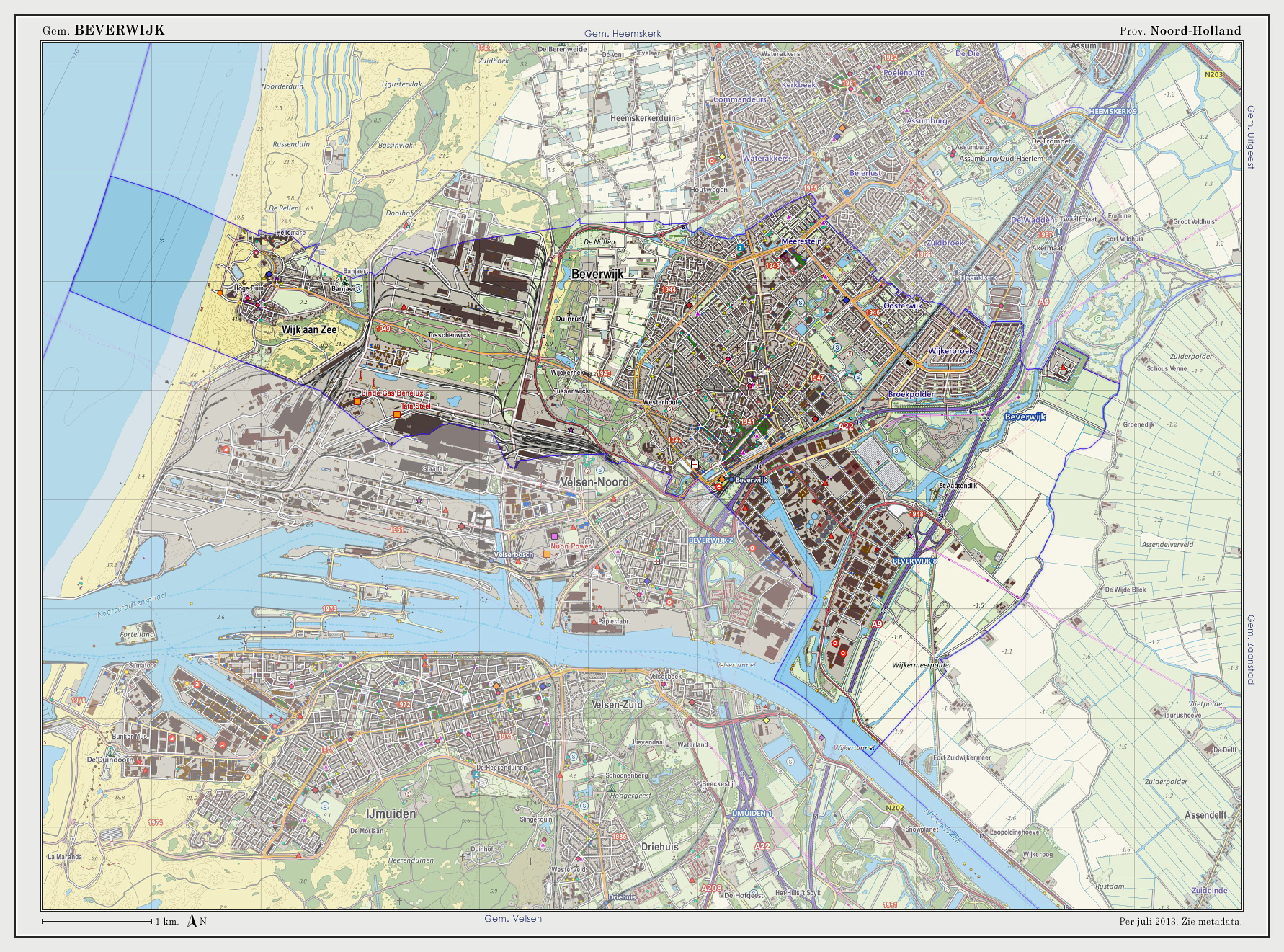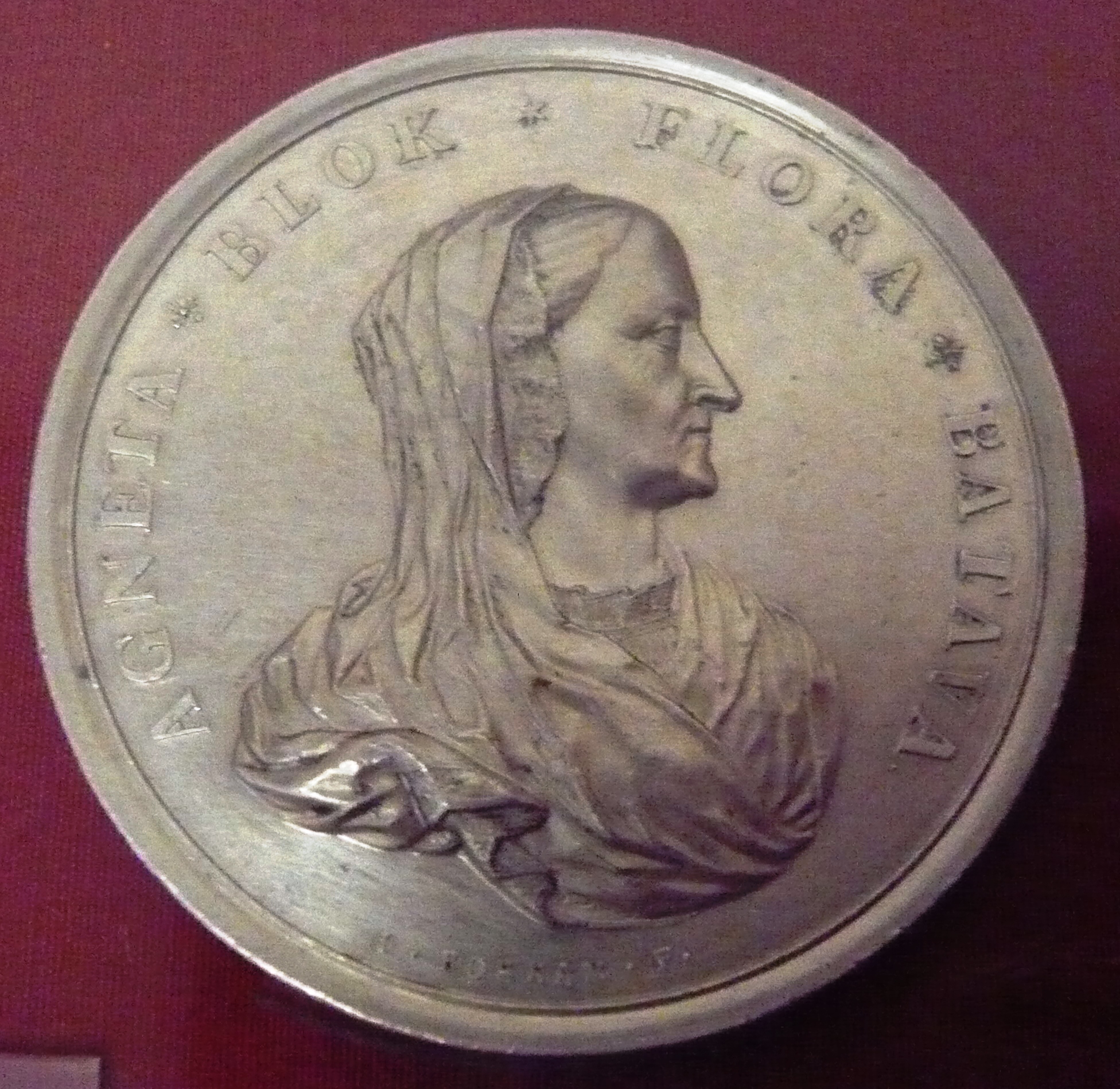|
Rochus Van Veen
Rochus van Veen (1630–1693) was a Dutch Golden Age painter. Biography According to Houbraken, he followed in the artistic footsteps of his father Otto van Veen, who may have been his uncle. Rochus had two sons who also became painters. All three lived in Beverwijk and all specialized in painting watercolors of plants, birds and insects on paper and parchment. In 1706 their drawings, prints, and paintings were auctioned in Haarlem. [Baidu] |
Teylers Museum
Teylers Museum () is an art, natural history, and science museum in Haarlem, Netherlands. Established in 1778, Teylers Museum was founded as a centre for contemporary art and science. The historic centre of the museum is the neoclassical Oval Room (1784), which was built behind the house of Pieter Teyler van der Hulst (1702–1778), the so-called ''Fundatiehuis'' (Foundation House). Pieter Teyler was a wealthy cloth merchant and banker of Scottish descent, who bequeathed his fortune for the advancement of religion, art, and science. He was a Mennonite and follower of the Scottish Enlightenment. History In his will, Pieter Teyler stipulated that his collection and part of his fortune should be used to establish a foundation for their promotion: Teylers Stichting. The Teyler legacy to the city of Haarlem was split into two societies: Teylers First or Theological Society (Dutch: ''Teylers Eerste of Godgeleerd Genootschap''), intended for the study of religion and Teylers Second ... [...More Info...] [...Related Items...] OR: [Wikipedia] [Google] [Baidu] |
Beverwijk
Beverwijk () is a municipality and a city in the Netherlands, in the province of North Holland. The town is located about northwest of Amsterdam in the Randstad metropolitan area, north of the North Sea Canal very close to the North Sea coast. A railway tunnel and two motorway tunnels cross the canal between Beverwijk and the nearby city of Haarlem on the south side of the canal. Around 1640, a town called Beverwyck was founded in the Dutch colony of New Netherland. That town's modern name is Albany, New York. Population centres The municipality of Beverwijk consists of two cores, Beverwijk proper and Wijk aan Zee, to the west, right on the coast. History The name Beverwijk comes from ''Bedevaartswijk'', meaning "pilgrimage neighbourhood". The town formed at the Saint Agatha Church which was a pilgrimage location in the Middle Ages. Allegedly Agatha of Sicily appeared there in the 9th century to a virgin from Velsen who was fleeing from the Count of Kennemerland. In 127 ... [...More Info...] [...Related Items...] OR: [Wikipedia] [Google] [Baidu] |
Painting
Painting is the practice of applying paint, pigment, color or other medium to a solid surface (called the "matrix" or "support"). The medium is commonly applied to the base with a brush, but other implements, such as knives, sponges, and airbrushes, can be used. In art, the term ''painting ''describes both the act and the result of the action (the final work is called "a painting"). The support for paintings includes such surfaces as walls, paper, canvas, wood, glass, lacquer, pottery, leaf, copper and concrete, and the painting may incorporate multiple other materials, including sand, clay, paper, plaster, gold leaf, and even whole objects. Painting is an important form in the visual arts, bringing in elements such as drawing, composition, gesture (as in gestural painting), narration (as in narrative art), and abstraction (as in abstract art). Paintings can be naturalistic and representational (as in still life and landscape painting), photographic, abstract, nar ... [...More Info...] [...Related Items...] OR: [Wikipedia] [Google] [Baidu] |
Baroque
The Baroque (, ; ) is a style of architecture, music, dance, painting, sculpture, poetry, and other arts that flourished in Europe from the early 17th century until the 1750s. In the territories of the Spanish and Portuguese empires including the Iberian Peninsula it continued, together with new styles, until the first decade of the 19th century. It followed Renaissance art and Mannerism and preceded the Rococo (in the past often referred to as "late Baroque") and Neoclassical styles. It was encouraged by the Catholic Church as a means to counter the simplicity and austerity of Protestant architecture, art, and music, though Lutheran Baroque art developed in parts of Europe as well. The Baroque style used contrast, movement, exuberant detail, deep colour, grandeur, and surprise to achieve a sense of awe. The style began at the start of the 17th century in Rome, then spread rapidly to France, northern Italy, Spain, and Portugal, then to Austria, southern Germany, and Russia. B ... [...More Info...] [...Related Items...] OR: [Wikipedia] [Google] [Baidu] |
Dutch Golden Age
The Dutch Golden Age ( nl, Gouden Eeuw ) was a period in the history of the Netherlands, roughly spanning the era from 1588 (the birth of the Dutch Republic) to 1672 (the Rampjaar, "Disaster Year"), in which Dutch trade, science, and Dutch art, art and the Dutch military were among the most acclaimed in Europe. The first section is characterized by the Eighty Years' War, which ended in 1648. The Golden Age continued in peacetime during the Dutch Republic until the end of the century, when costly conflicts, including the Franco-Dutch War and War of the Spanish Succession fuelled economic decline. The transition by the Netherlands to becoming the foremost maritime and economic power in the world has been called the "Dutch Miracle" by historian K. W. Swart. Causes of the Golden Age In 1568, the Dutch Republic, Seven Provinces that later signed the Union of Utrecht ( nl, Unie van Utrecht) started a rebellion against Philip II of Spain, Philip II of Spain that led to the Ei ... [...More Info...] [...Related Items...] OR: [Wikipedia] [Google] [Baidu] |
Jan Weenix - Agneta Block And Garden Flora Batava
Jan, JaN or JAN may refer to: Acronyms * Jackson, Mississippi (Amtrak station), US, Amtrak station code JAN * Jackson-Evers International Airport, Mississippi, US, IATA code * Jabhat al-Nusra (JaN), a Syrian militant group * Japanese Article Number, a barcode standard compatible with EAN * Japanese Accepted Name, a Japanese nonproprietary drug name * Job Accommodation Network, US, for people with disabilities * ''Joint Army-Navy'', US standards for electronic color codes, etc. * '' Journal of Advanced Nursing'' Personal name * Jan (name), male variant of ''John'', female shortened form of ''Janet'' and ''Janice'' * Jan (Persian name), Persian word meaning 'life', 'soul', 'dear'; also used as a name * Ran (surname), romanized from Mandarin as Jan in Wade–Giles * Ján, Slovak name Other uses * January, as an abbreviation for the first month of the year in the Gregorian calendar * Jan (cards), a term in some card games when a player loses without taking any tricks or scoring ... [...More Info...] [...Related Items...] OR: [Wikipedia] [Google] [Baidu] |
Otto Van Veen
Otto van Veen, also known by his Latinized name Otto Venius or Octavius Vaenius (1556 – 6 May 1629), was a painter, draughtsman, and humanist active primarily in Antwerp and Brussels in the late 16th and early 17th centuries. He is known for running a large studio in Antwerp, producing several emblem books, and for being, from 1594 or 1595 until 1598, Peter Paul Rubens' teacher. His role as a classically educated humanist artist (a ''pictor doctus''), reflected in the Latin name by which he is often known, Octavius Vaenius, was influential on the young Rubens, who would take on that role himself. Life Van Veen was born around 1556 in Leiden, where his father, Cornelis Jansz. van Veen (1519–1591), had been Burgomaster.Van de Velde. He probably was a pupil of Isaac Claesz van Swanenburg until October 1572, when the Catholic family moved to Antwerp, and then to Liège. He studied for a time under Dominicus Lampsonius and Jean Ramey, before traveling to Rome around 1574 or 1575 ... [...More Info...] [...Related Items...] OR: [Wikipedia] [Google] [Baidu] |
Arnold Houbraken
Arnold Houbraken (28 March 1660 – 14 October 1719) was a Dutch painter and writer from Dordrecht, now remembered mainly as a biographer of Dutch Golden Age painters. Life Houbraken was sent first to learn ''threadtwisting'' (Twyndraat) from Johannes de Haan, who introduced him to engraving. After two years he then studied art with Willem van Drielenburch, who he was with during the rampjaar, the year 1672. He then studied 9 months with Jacobus Leveck and finally, four years with Samuel van Hoogstraten. In 1685 he married Sara Sasbout, and around 1709 he moved from Dordrecht to Amsterdam. Arnold Houbraken painted mythological and religious paintings, portraits and landscapes. He is best known for the art historical work ''The Great Theatre of Dutch Painters'' (1718–1721). When he died his son Jacob assisted his mother with the last proofs of the manuscript before publishing. His first attempt at an instructive manual for artists was his Emblem book, ''Inhoud van 't Sie ... [...More Info...] [...Related Items...] OR: [Wikipedia] [Google] [Baidu] |
Digital Library For Dutch Literature
The Digital Library for Dutch Literature (Dutch: Digitale Bibliotheek voor de Nederlandse Letteren or DBNL) is a website (showing the abbreviation as dbnl) about Dutch language and Dutch literature. It contains thousands of literary texts, secondary literature and additional information, like biographies, portrayals etcetera, and hyperlinks. The DBNL is an initiative by the DBNL foundation that was founded in 1999 by the Society of Dutch Literature (Dutch: Maatschappij der Nederlandse Letterkunde). Building of the DNBL was made possible by donations, among others, from the Dutch Organization for Scientific Research (Dutch: Nederlandse Organisatie voor Wetenschappelijk Onderzoek or NWO) and the Nederlandse Taalunie. From 2008 to 2012, the editor was René van Stipriaan. The work is done by eight people in Leiden (as of 2013: The Hague), 20 students, and 50 people in the Philippines who scan and type the texts. As of 2020, the library is being maintained by a collaboration of t ... [...More Info...] [...Related Items...] OR: [Wikipedia] [Google] [Baidu] |
Agnes Block
Agnes, or Agneta Block (29 October 1629, Emmerich am Rhein – 20 April 1704, Amsterdam) was a Dutch Mennonite art collector and horticulturalist. She is most remembered as the compiler of an album of flower and insect paintings. Life Agneta Block was the daughter of a successful Mennonite textile merchant. She first married Hans de Wolff (1613–1670), a silk merchant, in Amsterdam in 1649, and after he died, in 1674 she remarried in Amsterdam Sijbrand de Flines (1623–1697). In Amsterdam, she lived on the Herengracht close to Joost van den Vondel, who became a regular visitor at her house. Vondel had married Mayken de Wolff, who was the sister of Agnes's first husband's father. This elderly uncle ate at her house on Fridays, and is probably one of her greatest influences. Vijverhof After the death of her first husband, Agneta bought a country estate on the Vecht river in Loenen, which she proceeded to decorate with a large collection of curiosities, including the gardens, ... [...More Info...] [...Related Items...] OR: [Wikipedia] [Google] [Baidu] |
Jan Weenix
Jan Weenix or Joannis Wenix (between 1641/164919 September 1719 (buried)) was a Dutch painter. He was trained by his father, Jan Baptist Weenix, together with his cousin Melchior d'Hondecoeter. Like his father, he painted various subjects, but is mostly known for his paintings of dead game and hunting scenes. Many paintings in this genre were formerly ascribed to the elder Weenix, but are now generally considered to be the work of the son. Life Jan Weenix was born in Amsterdam according to his notice of marriage in 1679 but his date of birth is not exactly known as the baptismal record of this catholic church did not survive. Between 1643 and 1647 his father (Jan Baptist) worked in Italy, but the family moved to Utrecht around 1649. His father subsequently moved into a castle near Vleuten, but died rather young in 1659. By the age of twenty Jan Weenix rivalled and later surpassed his father in breadth of treatment and richness of colour. Jan Weenix was a member of the Utrech ... [...More Info...] [...Related Items...] OR: [Wikipedia] [Google] [Baidu] |

.jpg)






